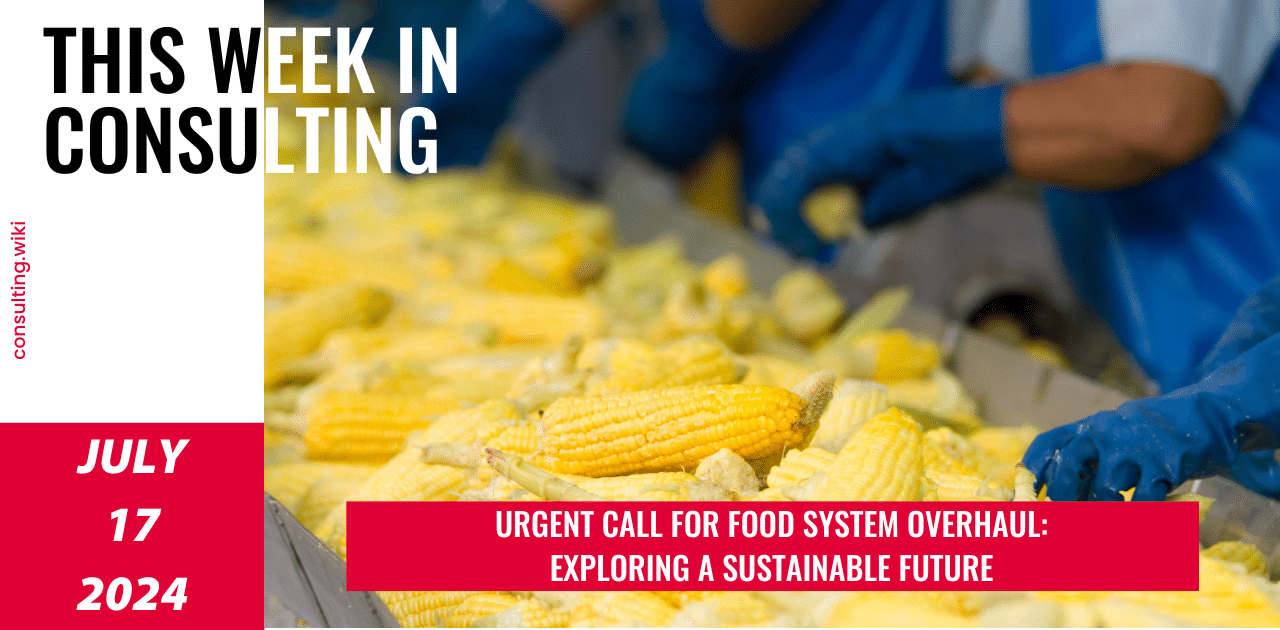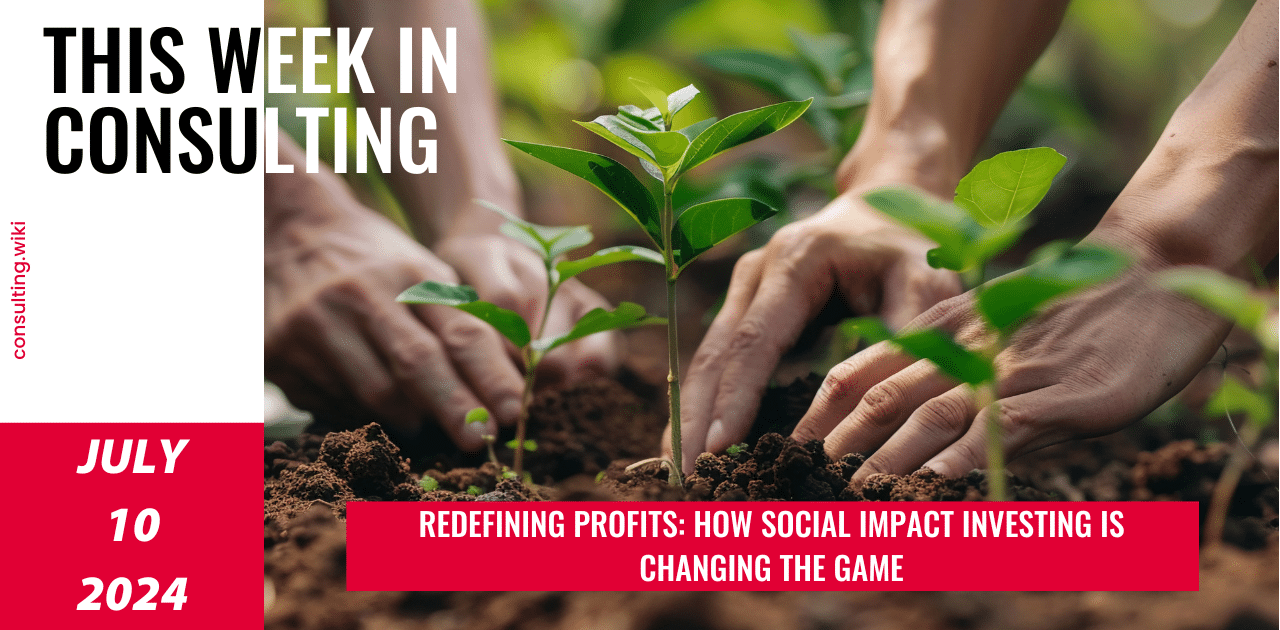
A new way to look at top consulting firms?
Attention executives: if you are considering outsourcing a project to a top consulting firm, whether or not you have hired consultants before, we have great news—there’s a new way to view the value of the right consultant.
Did you know that executives who pay close attention, beginning with the procurement of the consultant through the completion of the project (including debriefing and follow-up), have a bonus waiting for them? It is that partnering with the right top consulting firm on a project offers unexpected key business lessons.
First, let’s look at what we mean by a “top consulting firm.”
You have heard the saying, “you can’t eat prestige.” Prestige has its place, but let’s face it: you can procure high-quality consulting services at a cost that fits into the budget of any enterprise. Creating a company budget crisis by opting for a global-brand consultant simply makes no practical sense. That consulting firm may offer one solution while putting a large enough dent in your budget, so that other projects suffer.
So where does that leave your consulting procurement? Actually in a better place! Here’s why.
A top consulting firm is one that has the skills and experience to meet your current project needs as well as complement your company’s culture and budget. The right firm may be a smaller boutique firm that specializes in just the type of project you have at hand, or a larger firm with the sub-specialty that you seek.
A top firm, then, has a track record of being in the right place for the right project, solid working relationships, flexibility, adaptable solutions, and great follow-up.
Happily, this leads us directly to lesson number one.
Source Consultants

Optimizing indirect costs is an evergreen topic. Many companies have already regrouped their indirect procurement to better manage expenses.
Balancing resources.
You have made the decision to pivot to a consultant as a way to solve a problem and, at the same time, manage your overhead. Why then jeopardize that balancing act with a consultant out of your price range?
Instead, opt for a consulting services advisor with a depth of experience in matching enterprises with high-quality consulting services at the right price point. As an added bonus, your procurement team will save time, since a highly efficient advisor will have accessed, reviewed, and rated a broad range of consulting services for you in advance.
Implied in balancing resources, of course, is the idea of adequate resources. Before you choose a consultant, prepare thoroughly the scoping and the phasing of the project, and the necessary associated resources. You may realize that you don’t need the same resources for the different phases, and thus, decide to buy the phases separately. When you have chosen a consulting team, observe it during both the planning phase and the implementation phase of the project with a focus on balancing resources.
The planning phase is a strategic mapping session that identifies objectives, stakeholders, participants, and steps to success. Negotiating what constitutes adequate project resources (beyond procuring the consultant) is a key part of this phase.
Balancing resources in this phase often mean applying some creativity in optimizing internal company resources at hand. Let’s say the consultant suggests that a person with a specific skill is needed for the project. Is there a person elsewhere in your company who has the right skill, perhaps from a prior workplace or career, and who is able to participate?
Now for implementation. Notice how the consulting team balances the utilization of people available to them on the project—and also within their own consulting team. That’s an example of project team leadership which manages to avoid burnout and staff turnover while getting the job done on time and within (a balanced) budget.
Notice, too, how the consultant encourages your team to share and conserve resources and to be creative to resolve resource issues.
Marrying current knowledge plus experience
Lesson number two is about the value of taking a range of experiences and marrying them to the latest knowledge in the field.
Experience alone does not always optimize results. Do you want your child to be taught by a teacher who has taught for twenty years and who has “always done it this way”? Better to have a teacher with half the experience who stays current with the latest field-test results on pedagogical approaches.
Top consulting firms tend to have systems in place to ensure that team members share both knowledge and experiences.
-
They actively access—or contribute to—emerging thought leadership.
-
They debrief past projects internally (maintaining client confidentiality) to cull lessons.
-
Then they connect the dots from those experiences and ideas to your project.
Watch how your consultant draws on both her experience and her access to current intelligence in the field to fashion a solution that fits your needs perfectly. It looks something like this:
At a specific crossroad in the project, the consultant might say, Oh yes, I’ve seen this issue before. Company A handled it this way last year, but I just read where Company B solved it in a much more integrated way which would work well here, too.
Other examples will emerge as you debrief your consultant. It’s all about retaining knowledge, sharing it, and then connecting the dots to apply it appropriately.
Now it’s your turn: what is your takeaway lesson on marrying current knowledge and experience, and how will you apply that lesson across your enterprise?
The unforeseen significance of debriefing
Stifle that yawn.
Debriefing a project with a top consultant sometimes yields unforeseen golden nuggets if you know how to uncover them. For example:
-
Working on the project may have revealed talents among your employees that you had not been aware they possessed. Perhaps an employee’s leadership skills emerged.
-
Maybe a new way to reach potential customers or interface with current customers bubbled to the surface. How do you get that information to the marketing and sales teams?
-
Possibly the data provided to the project team also revealed tangential information that may be helpful to your company in another arena.
There is a simple way to ensure your access to these golden nuggets: insert into the consulting contract a paragraph requesting that the consultant document these types of data, even though they may be ancillary to the goals of the consulting project, and highlight them in her debriefing.
Working with a top consultant is an efficient way to meet your company’s current needs but it can offer a much richer value for the observant executive: new ways to think about balancing resources, marrying experience and ideas, and identifying new information during debriefings which, although ancillary to the specific project completed, may be significant to the company as a whole.
We now have reached bonus lesson number four:
Procuring the right consultant matters in more ways than it seemed before.
Competition among consulting teams currently is tighter than ever, but it also means that the market is rich and diverse. There is somewhere the “top Consulting Firm” for your project.
Hélène Laffitte is the CEO of Consulting Quest, a Global Performance-Driven Consulting Platform and author of “Smart Consulting Sourcing”, a step by step guide to getting the best ROI from your consulting. With a blend of experience in Procurement and Consulting, Hélène is passionate about helping Companies create more value through Consulting.




